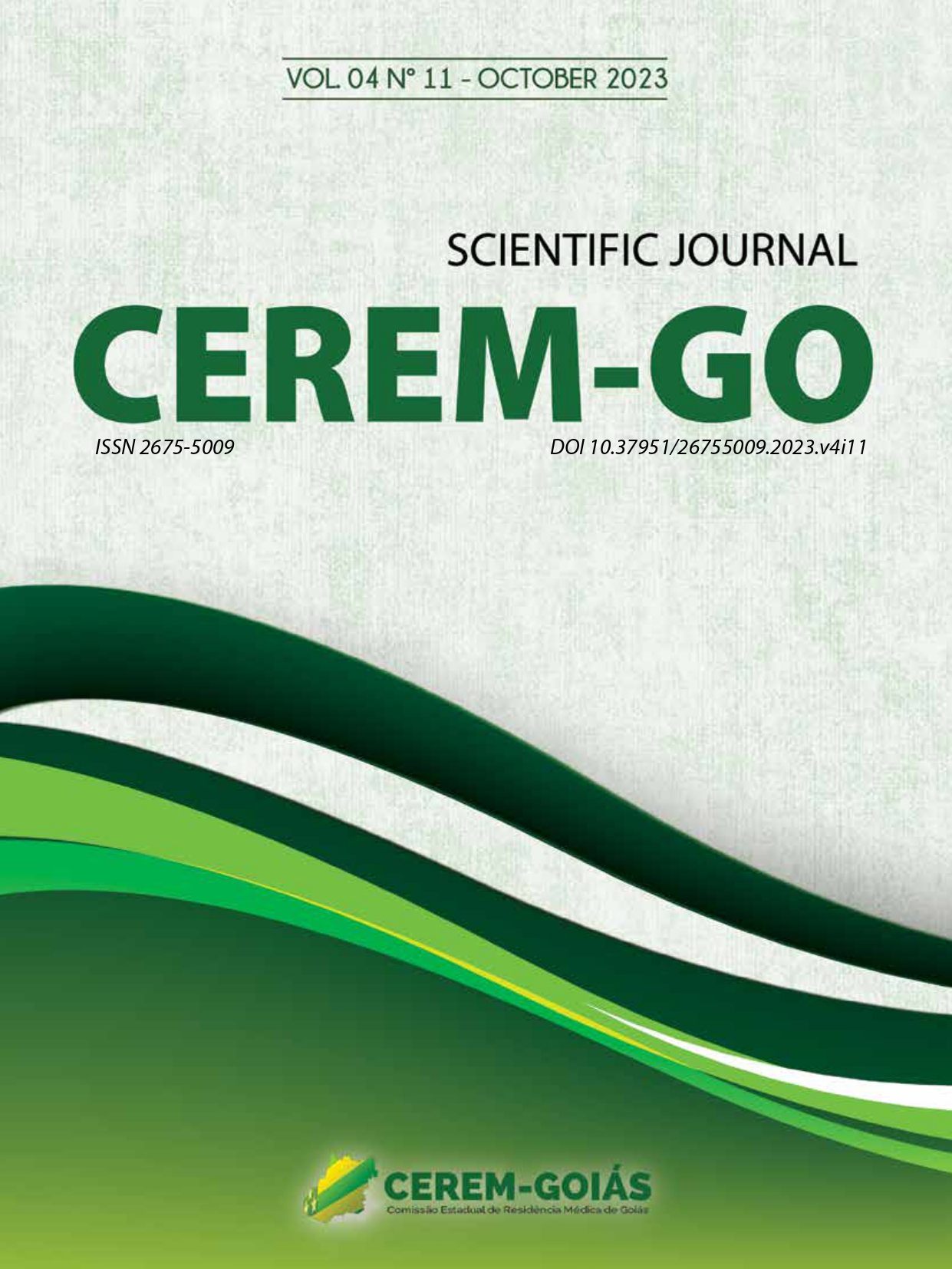ACUTE NEGATIVE PRESSURE LUNG EDEMA AFTER EXTUBATION IN RHINOPLASTY
CASE REPORT
DOI:
https://doi.org/10.37951/2675-5009.2023v4i11.113Keywords:
PULMONARY EDEMA, LARYNGISMUS, RHINOPLASTY, DYSPNEA, OXYGENAbstract
Introduction: Negative pressure pulmonary edema (NPPE) is a complication that is rarely described in the literature and has an incidence of 0.1% in patients undergoing general anesthesia, with a higher occurrence in otorhinolaryngological procedures. Pulmonary edema is a complication that appears after anesthesia with glottis closure during the inspiratory period, which significantly reduces intrathoracic pressure. Case report: Individual undergoing elective rhinoplasty. In the operating room with stable vital signs. Subjected to balanced general anesthesia: Pre-oxygenation under a face mask was induced with dexmedetomedine, sulfentanila, ketamine, propofol and atracurium, and periglottic block was performed with ropivacaine and lidocaine. The intraoperative period continued without complications. At the end of the surgery, the patient was extubated in plane due to the onset of intense laryngospasm and coughing. After extubation, the patient developed a drop in oximetry (50%), with the installation of a Guedel cannula and the Jaw-thrust maneuver and with improvement. important aspect of oximetry with supplemental oxygen (O2). Discussion: The formation of non-cardiogenic pulmonary edema has been observed following various forms of upper airway obstruction. The frequency is, however, dependent on the surgical method and procedures. Most of them appear immediately after extubation. The vigorous inspiratory effort against the closed glottis generates negative pressures in the pulmonary interstitium, which favors fluid transudation. The therapeutic approach involves treating the cause with supportive measures, airway permeabilization, administration of supplemental O2 via face mask, bronchodilators and, if necessary, non-invasive, or invasive mechanical ventilation.




